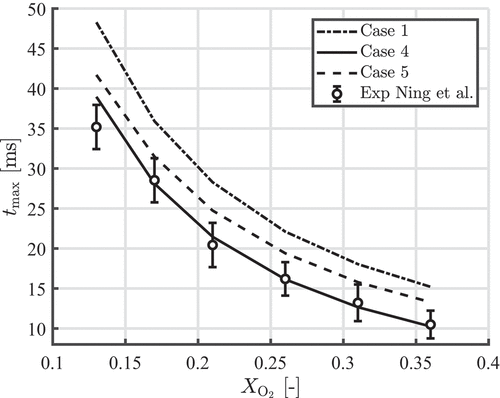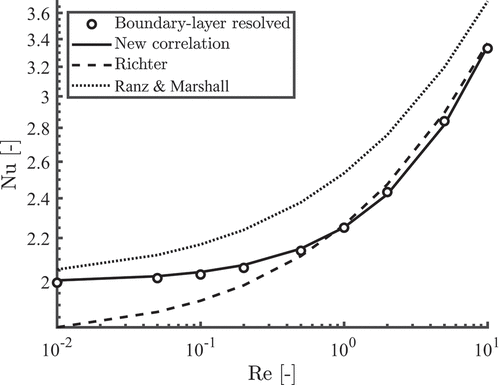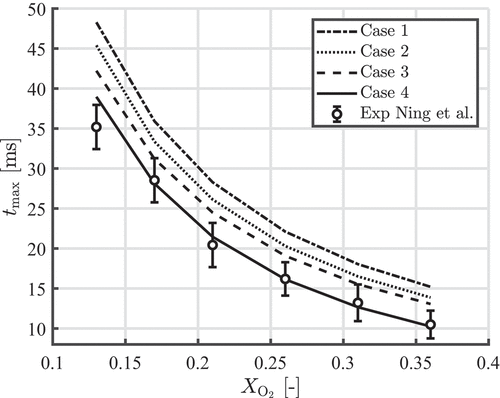Figures & data
Figure 1. Boundary layer resolved geometry (Thijs et al. Citation2022).
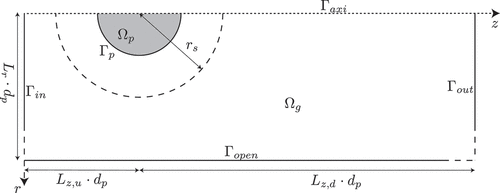
Figure 2. Comparison of numerically obtained Nusselt numbers and Nusselt numbers obtained with correlations from literature. Note, constant material properties at are used.
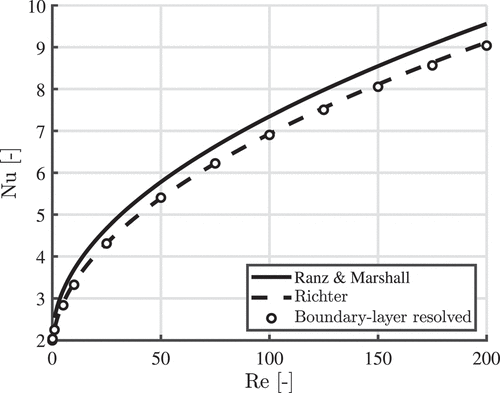
Figure 3. Nusselt correlation for different reference temperatures. Line represent either a hot gas flow (with markers) or a cold gas flow (without markers) past a iron particle with a particle diameter m. Temperature differences between the gas and the particle are: 10 K (solid line), 1200 K (dotted line) and 2200 K (dashed line).
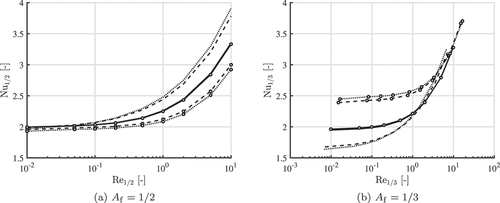
Figure 5. Temperature profiles for a µm particle burning in (a) Nitrogen and (b) Argon with
. Temperature profiles are compared between the boundary layer resolved model (markers) and the Lagrangian particle model (line). The solid lines are obtained with the Nusselt and Sherwood correlations as proposed by EquationEquations (17)
(17)
(17) and (Equation18
(18)
(18) ), while the dashed line is obtained with the Ranz- Marshall correlations and the 1/3-rule.
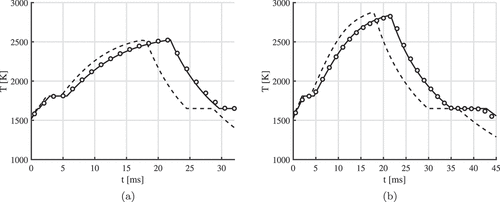
Table 1. Comparison between the boundary-layer resolved model (BLR) and the Lagrangian particle model (0D) for a µm particle burning in
–
. We distinguish between the new proposed method (new correlation and
) and the previous used methods (Ranz-Marshall and
).
Table 2. Summary of test cases used to investigate the effect on .
Figure 7. Effect of reference temperature on the temperature profile for a µm particle burning
. The results are shown for case 1, 4 and 5, the cases are summarized in .
